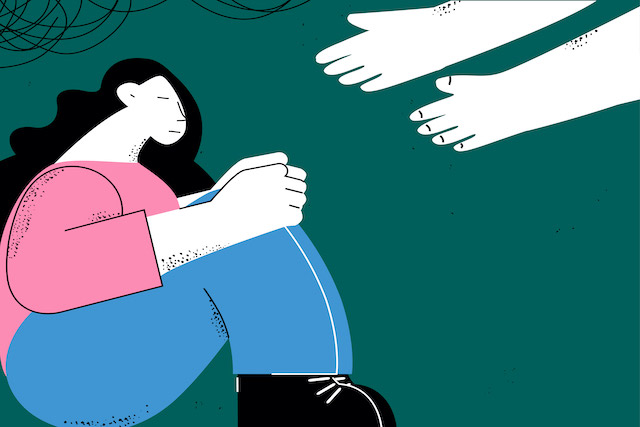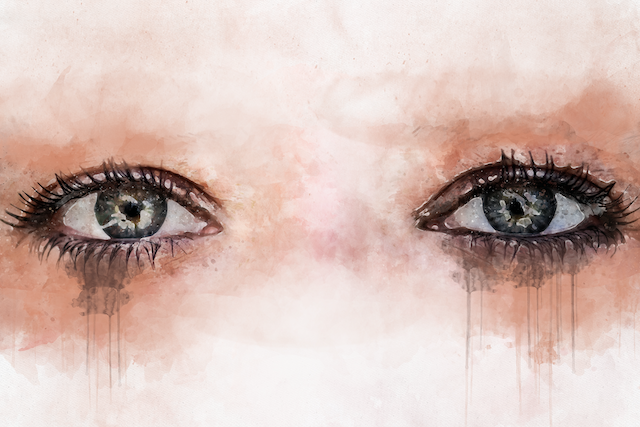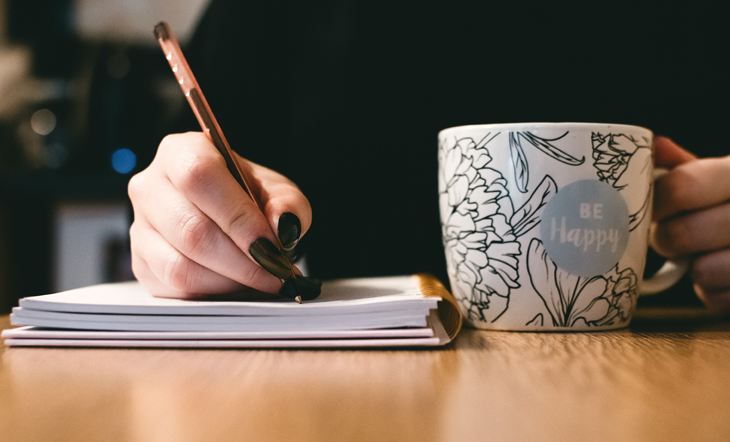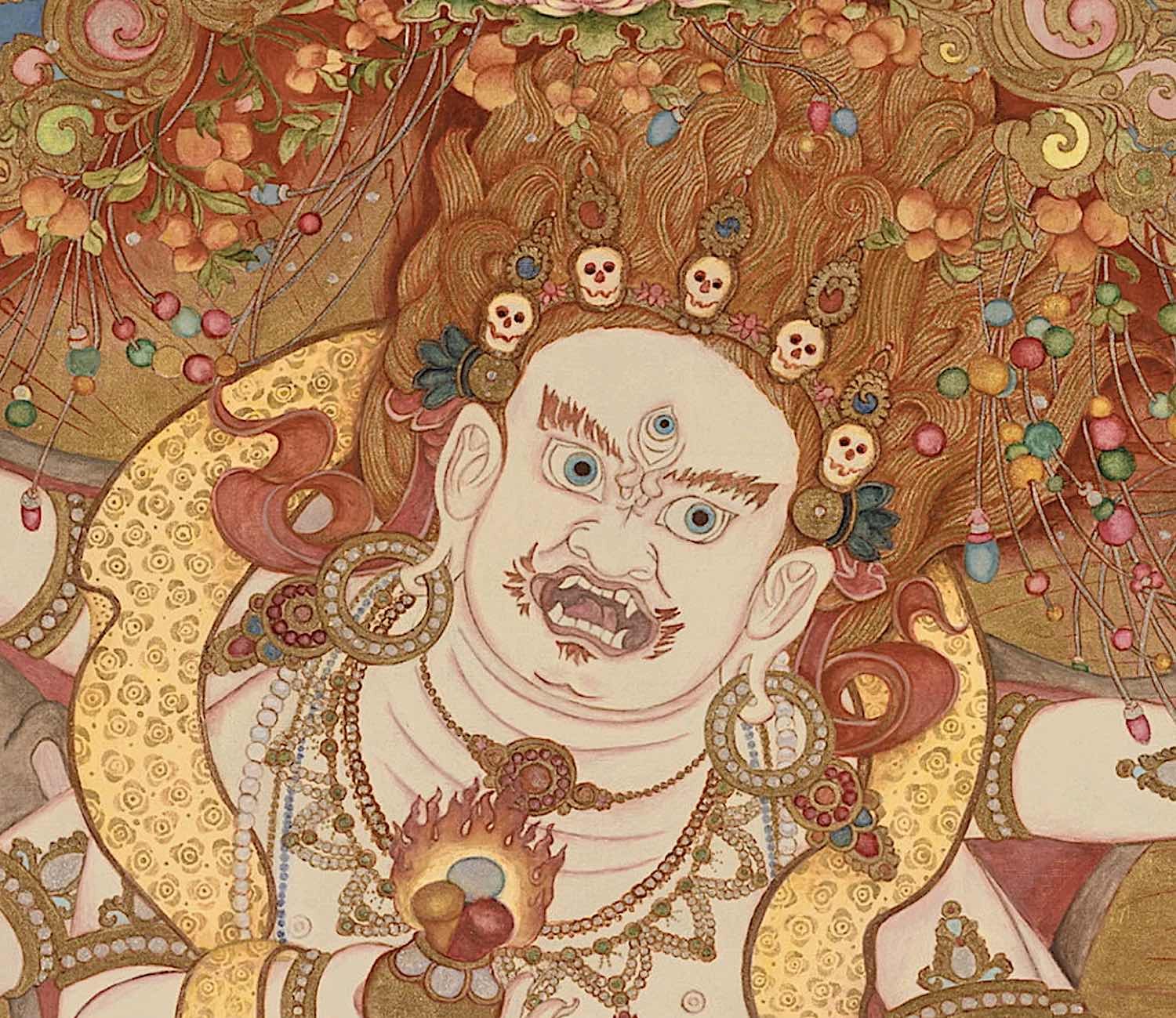How Walking In the Woods Helped Ease My Anxiety
Once writer and health researcher Misty Pratt stopped fighting nature, she was able to see its beauty, and how she is connected to it. The post How Walking In the Woods Helped Ease My Anxiety appeared first on Mindful.
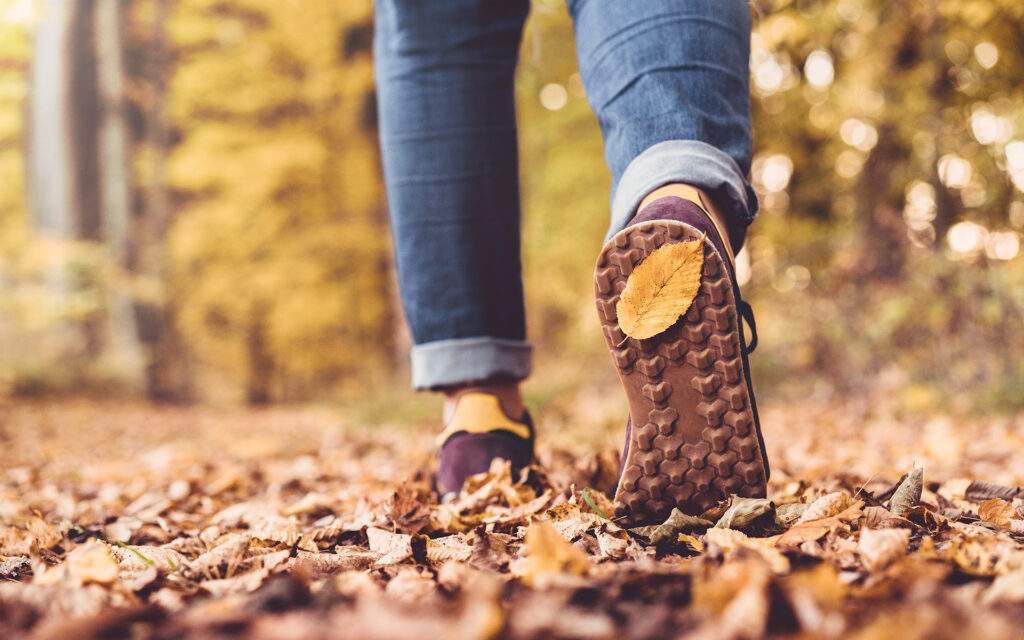
We spotted each other at the same moment and both stopped in our tracks. A dense fog blanketed the woods and cast a ghostly aura around the fox. He lifted his head, catching a whiff of me on the early morning breeze, and then turned and silently darted through the bush.
It was common for me to cross paths with wildlife in these woods, though the ravine was boxed in on all sides by dense suburbs. In the ten years I had been walking through this suburban forest I had spotted coyotes, foxes, rabbits, beavers and once, a majestic snowy owl hooting softly on the tallest branch of a tamarack. The trees showed their age, with climbing footholds that children had nailed onto the trunks over 50 years ago, now beyond reach of the next generation.
I hadn’t always been so keen to take a walk in the woods. As a child I hated the outdoors, with its abundance of creepy crawlies, eight-legged Charlottes and rumbling black bears. Growing up with a family cottage in Northern Ontario meant that I was regularly shunted out of my big city bliss to a place where danger seemed to lurk around every corner. While my cousins played on the steep slopes of the lake, their shouts and laughter floating up through the windows, I preferred to curl up on the weather-worn couch with a good book.
Growing up with a family cottage in Northern Ontario meant that I was regularly shunted out of my big city bliss to a place where danger seemed to lurk around every corner.
In university I met the man who would become my husband, and who (regrettably, I thought at first) loved nothing more than to escape to the woods with a tiny tent carried on his back. Eager to teach me the beauty of nature, he took me on a week-long camping trip where I learned to portage a canoe and hang my food in a tree.
In preparation for the trip I’d read multiple online accounts of rare black bear attacks, horrified but convinced I was gleaning essential tips I might need to survive. Inevitably, we did come across a bear on that inaugural trip—an adolescent swimming alongside our canoe—but the bear did nothing more than surface on the nearby shore, shake himself off and lumber into the bush. I spent most nights battling panic at the thought that my poorly hanged food bag might attract one of these great beasts.
“Camping is for the bears!” I shouted to my husband, as I sucked back the first decent cup of coffee I’d had since re-entering civilization.
Building Up Walls
I decided to proudly embrace my bookworm status and limit my outdoor adventures to what I could read about in a book. And indeed, the books I was drawn to were the stories of great adventurers, the poets, philosophers, and writers who have long touted the physical and emotional benefits of walking in the woods. While gobbling up tales of wilderness treks, danger, and isolation, I sought safety in the built environment, in bright fluorescent lights and the seduction of modernity.
The walls I put up around me lent a false sense of security to the shaky ground on which I stood. It was clear from a young age that I was prone to worry and I moved through life with trepidation. Anxiety and depression followed me around like needy toddlers, demanding my attention at all hours of the day. I spent the latter half of my teenage years and early adulthood in and out of treatment for an illness that I could not understand, but one that certainly seemed to understand me.
The walls I put up around me lent a false sense of security to the shaky ground on which I stood.
It wasn’t until we moved to our house on the ravine that I began to take note of the world around me. Getting up in the sleepy darkness I would peek out my window and see wild bunnies munching on clover in our yard. In the spring, our ancient crabapple tree would fill with songbirds, their melodies rousing me from my slumber at a ghastly hour. I would strap my infant in a carrier and meander up and down the well-worn paths of the ravine, my little pug following closely on my heels.
Returning to Nature
Within the leafy walls of that ravine I realized that there was a strong connection between time in nature and my own well-being. On long walks my breathing grew deep and relaxed, and the tension in my shoulders melted away. I discovered that nature was not the dark and scary place of my childhood—it was, in fact, the place where I became mindful of what my body needed in order to heal.
As my children grew and found their own interests, my walks in the ravine became solitary. I braved new trails and paths and discovered a growing spiritual connection to these wilder spaces. Fluorescent lights now gave me headaches. I felt trapped within the walls of my office and would burst out at the end of a long day, drawing deep breaths as though to cleanse myself of stale air.
On long walks my breathing grew deep and relaxed, and the tension in my shoulders melted away. I discovered that nature was not the dark and scary place of my childhood—it was, in fact, the place where I became mindful of what my body needed in order to heal.
Each passing season offered a different contemplation on life, from the restful hibernation of the dark winter to the awakening of spring, with newness and abundance bursting forth. There was a deep and lasting peace that I found in those woods, and yet I quickly learned that Mother Nature herself was not always peaceful. One day would be sunny and calm, while the next would bring gusting winds, flooding, and landslides. The unpredictability and constant flux in nature were like my emotions, which ranged from the deepest despair to the greatest joy, sometimes all in one day. Being human meant embracing the volatility of these big feelings, riding the waves, while also learning to tap into the deep well of silence that existed within.
Over time and over many walks my anxiety faded into the background. This nagging, unwanted guest seemed to be lulled into complacency by my rhythmic gait. The physical act of walking brought me back to the present moment, helping me to develop a strong and nourishing practice of mindfulness. As my breath quickened on the ups and downs of the steep embankments, an expansiveness grew in my heart.
Every step I took over gravel, mud, snow, or ice was one step closer to an acceptance of my groundedness, my humanness. Like the forest, I too could stand strong in the face of adversity. Instead of pushing away feelings of fear, anger, or sadness, I gave myself time to observe these emotions; in doing so, they lost their power over me. In some ways, walking felt like I was taking control of something that I could not control. In an ever-changing world, all I needed to do was put one foot in front of the other.

 AbJimroe
AbJimroe 







